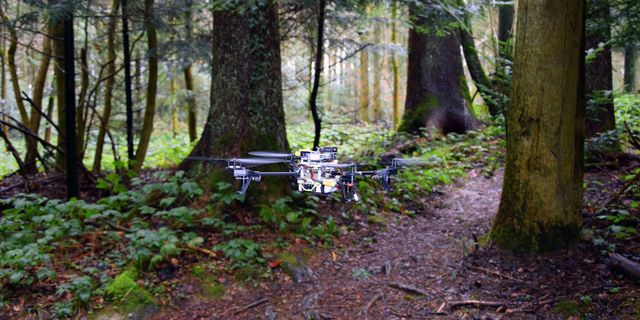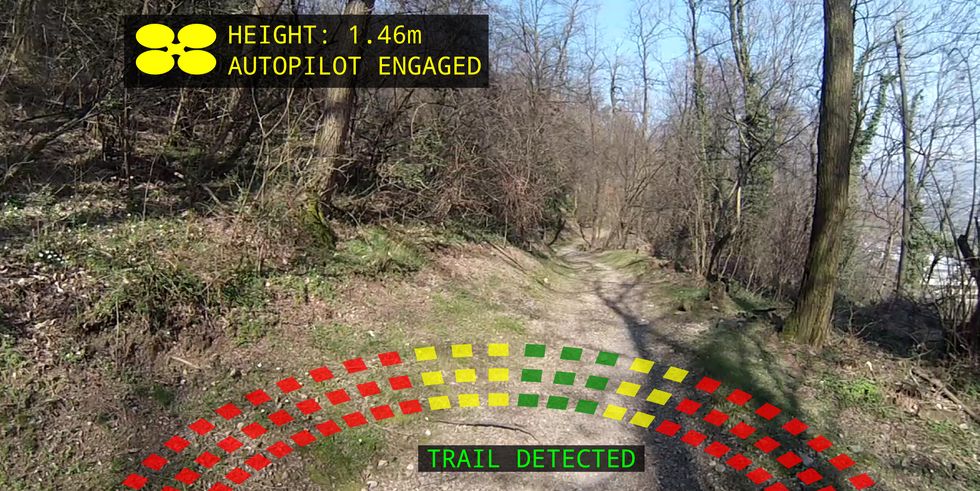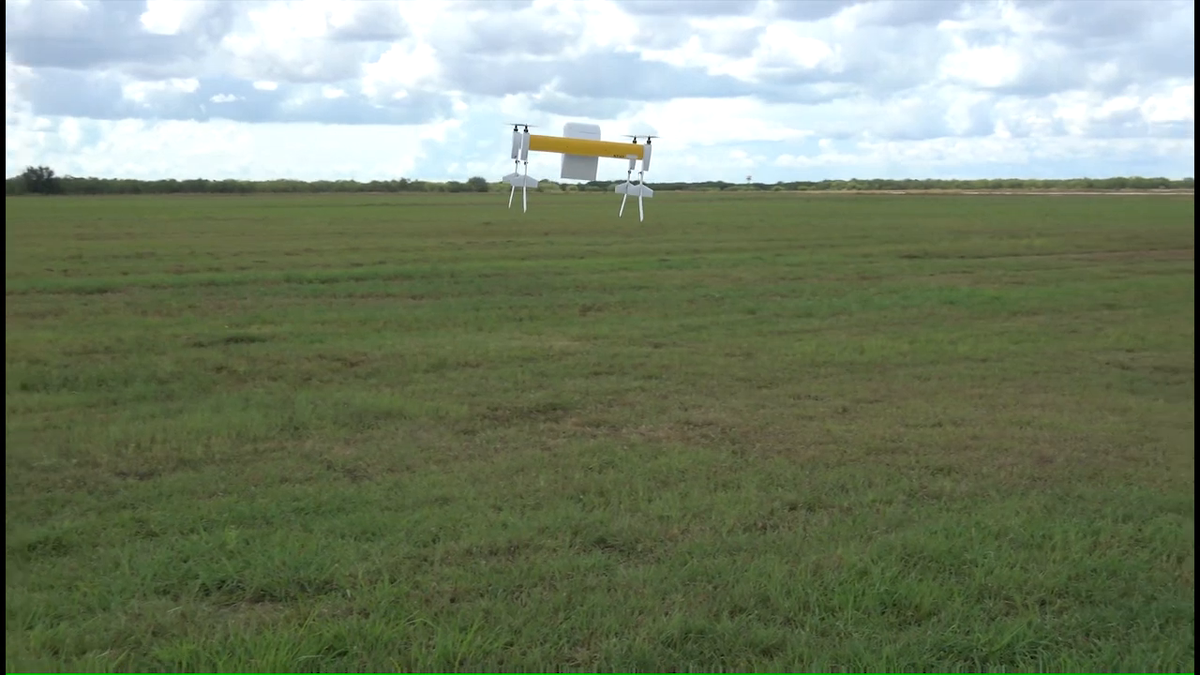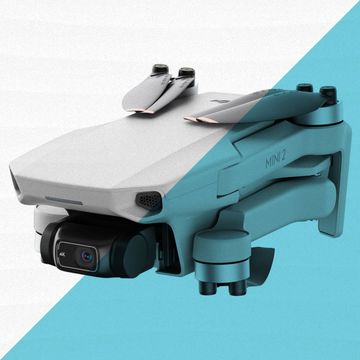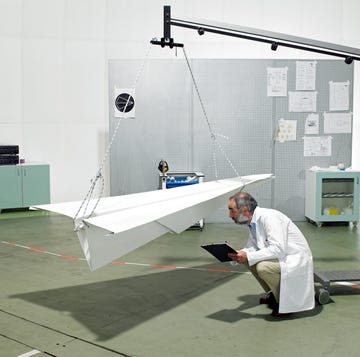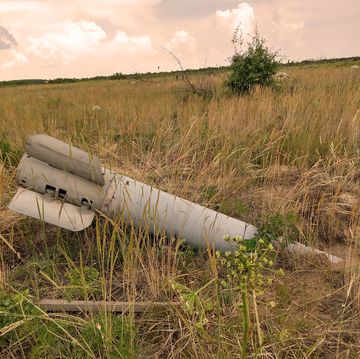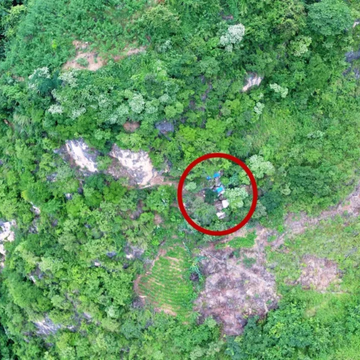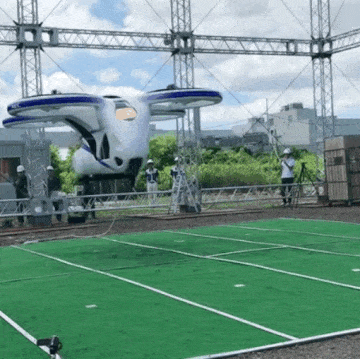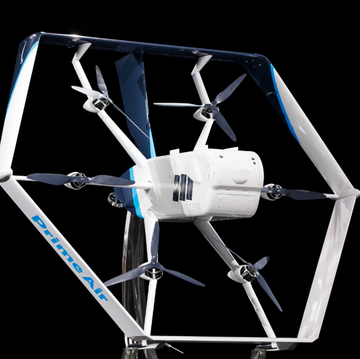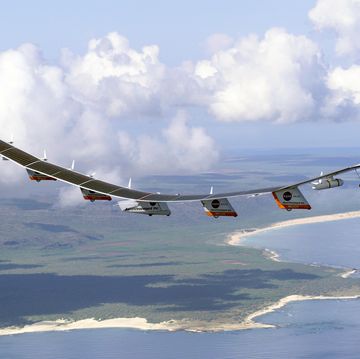A team of Swiss researchers from the University of Zurich and the Dalle Molle Institute for Artificial Intelligence have developed a machine learning program that quadcopters can use to identify and follow man-made trails through the forest. The research team hopes that this technology can be used in conjunction with search and rescue operations, but it's not hard to imagine law enforcement sending a swarm of drones after a kind fellow who happens to be on the lam.
Software to autonomously guide a quadcopter through a heavily wooded area is rather complex by necessity. A movement command that is received a moment too late or too soon can have your drone smashing into a tree. So the research team developed a deep neural network, or a set of artificial-intelligence algorithms that allows the software to analyze previous actions and consequences to make future decisions. A research paper outlining the researchers' program was published in the journal IEEE Robotics and Automation Letters.
"While drones flying at high altitudes are already being used commercially, drones cannot yet fly autonomously in complex environments, such as dense forests," said Davide Scaramuzza, a professor at the University of Zurich, in a press release. "In these environments, any little error may result in a crash, and robots need a powerful brain in order to make sense of the complex world around them."
More than 20,000 images of hiking trails were fed into the program to teach it to distinguish between the path of the trail and surrounding hazards. When the program was shown a new trail it hadn't seen before, it was able to pick the correct direction 85 percent of the time. Humans were given a similar test and only selected the correct path 82 percent of the time.
But there is still a major hurdle that needs to be cleared before a drone can be used to assist in a rescue operation (or hunt down fugitives). The AI program also needs to be programmed to recognize humans so it can stop, or fly up into the air and send out a light signal, or fire a net gun.
"One day robots will work side by side with human rescuers to make our lives safer," promises Luca Maria Gambardella, a director for the Dalle Molle Institute for Artificial Intelligence.
Source: University of Zurich via Gizmodo

Jay Bennett is the associate editor of PopularMechanics.com. He has also written for Smithsonian, Popular Science and Outside Magazine.
